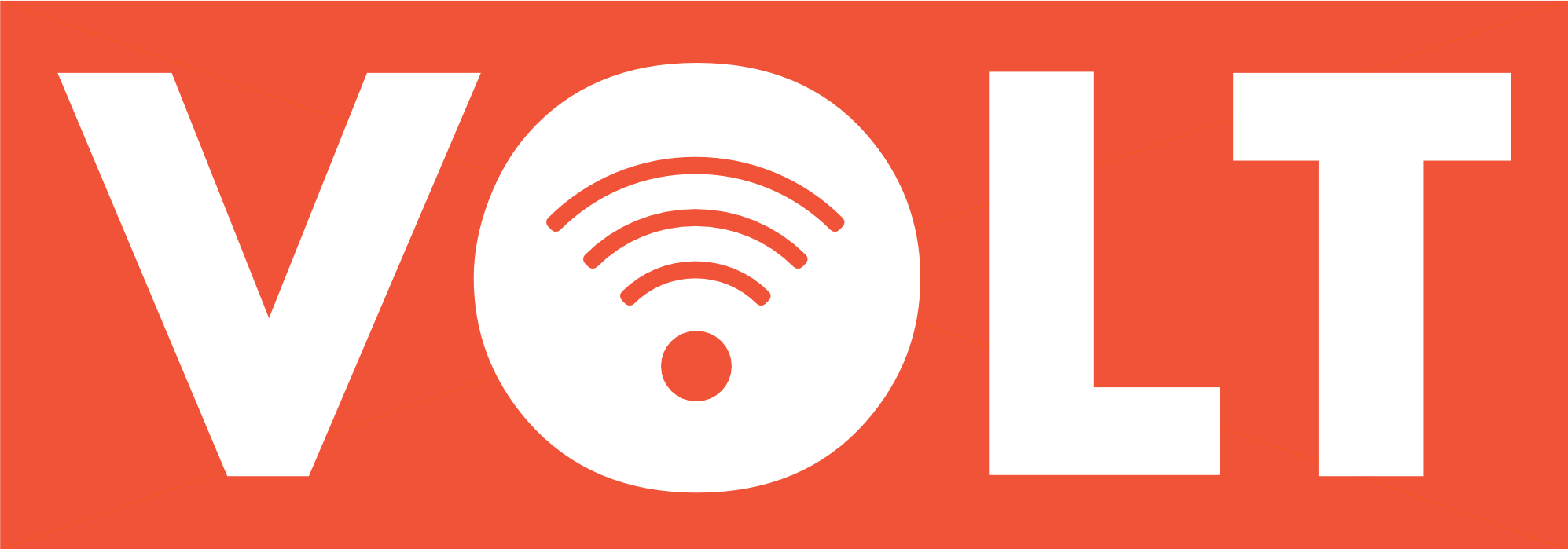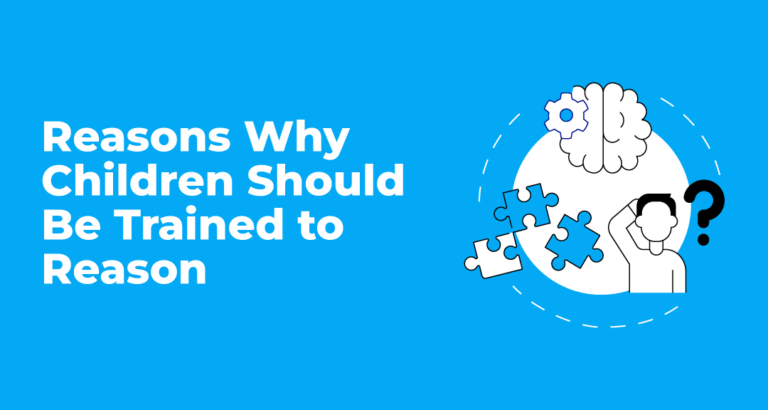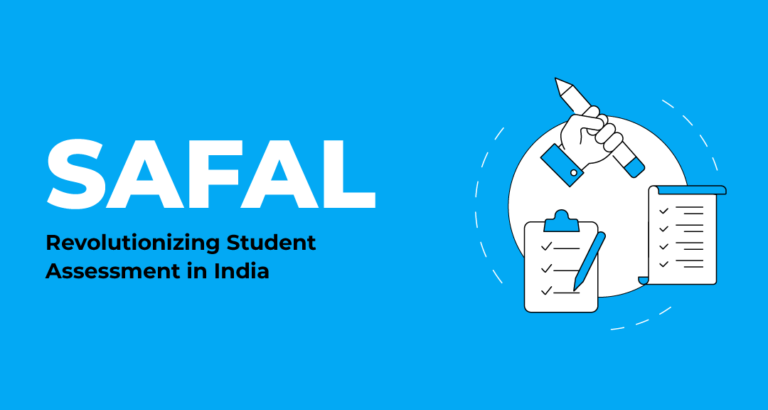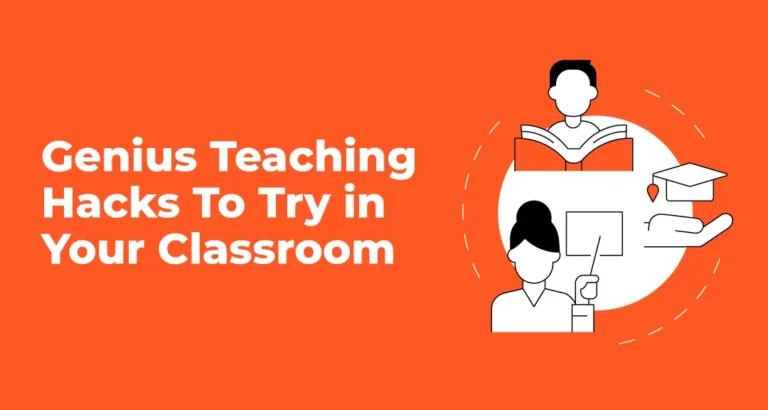To Blend, or Not to Blend? That’s Not a Question!
- School Leaders, Teaching
- July 11, 2024
- Viva VOLT
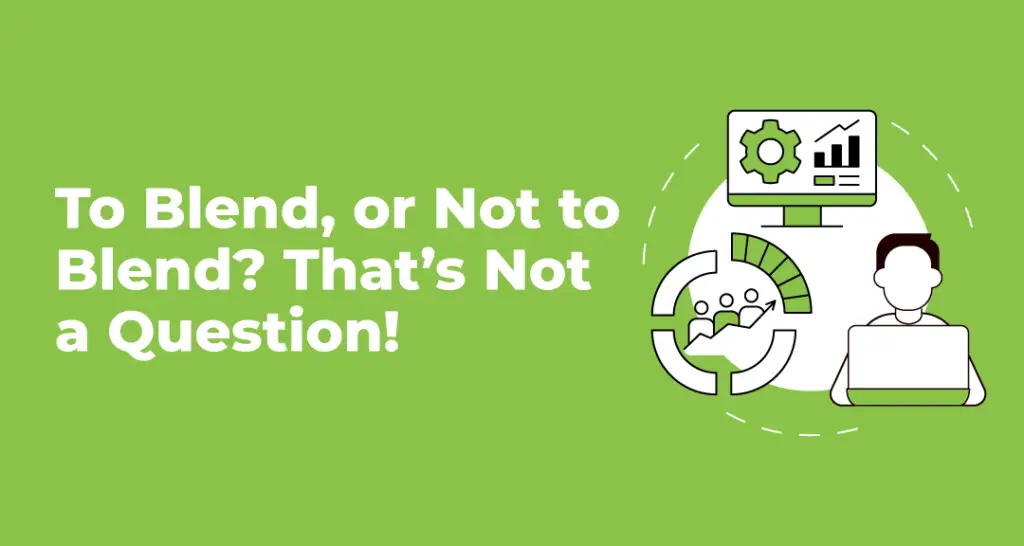
Hybrid Courses for Schools Have Matured from a Novelty to a Necessity
Blended learning is a sweet compromise in the online vs offline debate. In practice, however, offline dominates in-school curricular learning, whereas online options have exploded for after-school supplemental learning. Educators, parents and companies providing educational content seem to have settled for this equation. This is an opportunity missed. Right digital content and correspondingly adapted pedagogy can transform school-based learning into a vastly improved experience for both the learner and the educator.
Classroom learning has largely remained traditional, even though after-school learning has been upgraded with technology.
Blended versus Assembled
Much of the resistance to using technology-enabled learning in the classroom owes to poorly designed courses and a bumpy experience. An example of bad blending, rather ‘assembling’, is the practice of repackaging what used to be ‘online support’ as digital-first courses. Classroom learning needs much more than digital supplements to traditional tools. Bespoke hybrid courses are the way forward.
Effective hybrid courses must be designed as such.
Truly blended courses, on the other hand, are programmes conceived in multiple formats and tailored to include the advantages of each format. For example, animated lessons will serve the purpose only if the intended learning outcomes are best achieved by viewing. Often in practice, they end up replacing reading. It’s both hard and counterproductive to replace subjective-response questions with interactive MCQs. Forcing screen use in the guise of technology enablement at the cost of experiential, in-person learning opportunities is similarly misguided. Intelligently blended courses overcome such limitations by aligning learning outcomes with both content and format.
The NEP Opportunity

The National Education Policy, being a vision statement, aims to steer education towards outcomes, values and goals. It has however left us figuring out the actual implementation of its ideals in the classroom, at least for now. The modes and methods to realize the NEP goals will evolve in due course. This open-endedness, however, offers us publishers a plethora of possibilities to experiment, with both content and pedagogy. The challenge for us will be to match the right technological tools with the right content, skills and outcomes.
The NEP lays down clear goals and is non-prescriptive about the paths and means to achieve them. That’s an opportunity.
The NEP and the current wave of technology adoption present publishers with a vast uncharted territory of the Great Edusphere, provided they design natively hybrid courses.
The Benefits
It’s important not to lose sight of the benefits of blended courses in schools. For this, we must look beyond the pandemic-induced remote schooling and capital-driven edtech spectacles. Let me list here five major gains of a mixed-format classroom scenario:
- Instructional videos and interactive practice save a good chunk of the teacher’s time otherwise spent on curriculum administration. The teacher gets to focus on the practical, socio-emotional and experiential aspects of schooling. The teacher’s role is restored to that of a facilitator of learning.
- Courses including video lessons bundle an element of pedagogy with content. When intelligently benchmarked content is served with custom instruction, the result is an unprecedented level of teacher empowerment.
- Curricular learning becomes both personalized and portable when the learning platform gives students access beyond the school. Asynchronous and repeatable classes combine the benefits of both schooling and supplemental learning (tuition, learning apps, etc.) Take-home schooling is a game-changer.
- Teaching-learning becomes multi-directional and collaborative in the virtual class space of the LMS. See the figure below.
- Blended courses give smaller and under-resourced schools affordable access to high-quality curriculum tools and pedagogy that meet national benchmarks. The social benefits of such enablement will be transformative.
Here’s the big deal in blending: teacher empowerment, take-home schooling, multi-directional education and access parity.

As educators, curriculum developers and education enthusiasts, you surely have more insights into blended courses in the classroom. Please share them in the comments.
